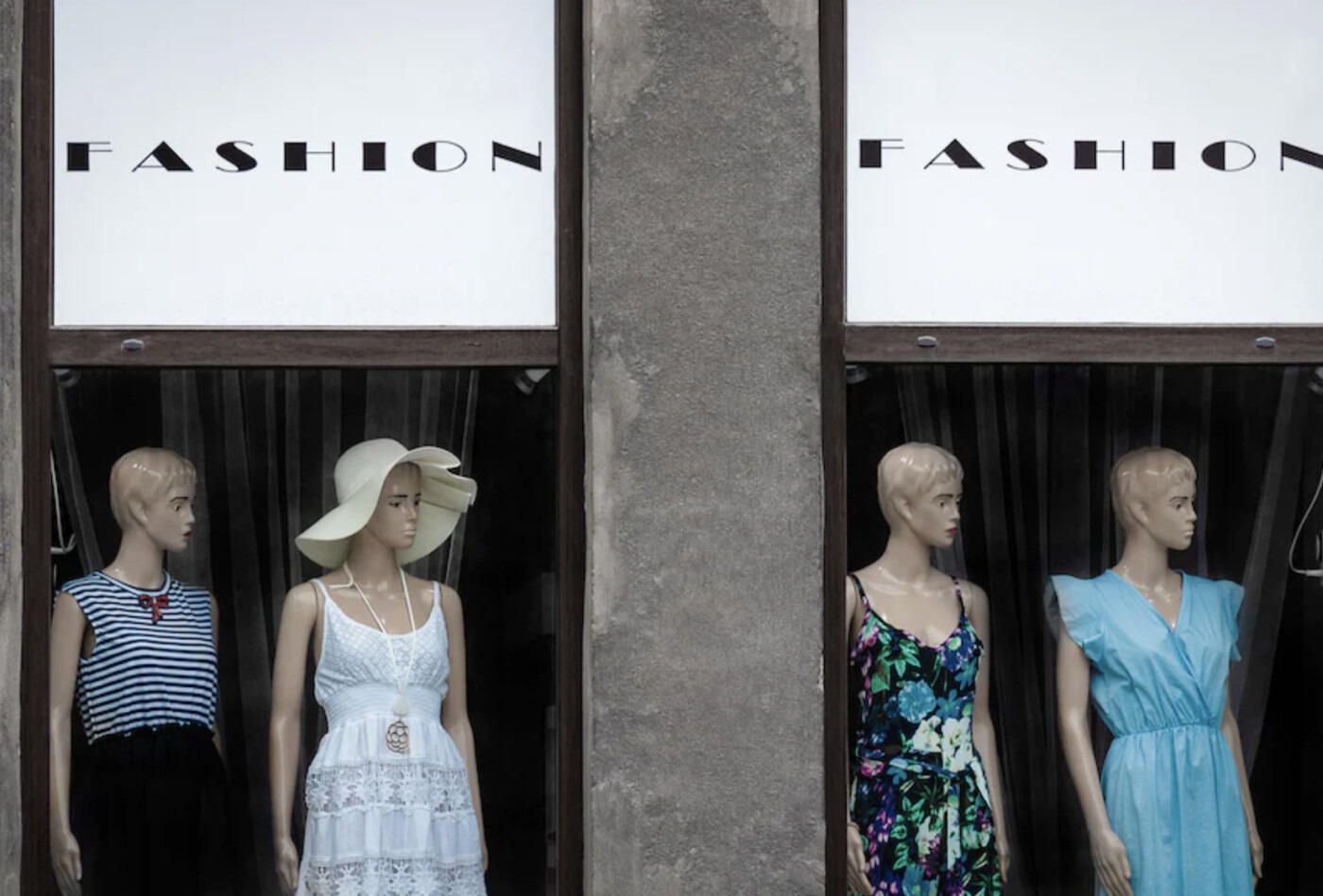PLT Marketplace: is it going to achieve what it wants to?
Fast fashion brand PrettyLittleThing is striving to ‘breathe new life into pre-loved clothing’ with the launch of their new marketplace platform. The platform encourages users to re-sell, re-wear and re-use clothes to help reduce waste and look after the environment.
The question on everyone’s minds, though, is this: is this attempt at sustainable fashion really going to work?
PrettyLittleThing, co-founded in 2012 by Umar and Adam Kamani, is an online womenswear retailer with over 6 million active customers. As a leader of the fast fashion industry, its success comes with negative effects on our world and its people. Sustainable and ethical fashion blog ‘Good on You’, rated PrettyLittleThing ‘not good enough’. They don’t believe the brand is taking adequate steps to protect the environment, garment workers or animals. Unfortunately, this is unsurprising. In 2020 Boohoo Group (owners of PLT) were investigated due to slavery claims. It’s evident that along with fast fashion come long-lasting problems.
However, PLT Marketplace aims to bypass these problems. Its design is ‘simple, quick and easy’ allowing anyone and everyone to take part. It seems like as far as fast fashion goes, this must be one of the only ways to improve sustainability and ethics without dismantling the brand altogether. Marketplace looks like an immediate response to a perpetual problem. With over 6 million customers, every person who consumes PrettyLittleThing inventory can use that for good. At first glance, it seems like a good compromise for people who love to shop from online brands like PLT and also want to do their part for our world.
But, is PLT really doing all that they can?
In 2021, The United Nations reported that global e-commerce reached $26.7 trillion after the outbreak of COVID-19. More people are buying online than ever. And while platforms like PLT Marketplace allow customers to keep their items in circulation to prevent waste, they still fuel our need for consumption. Using the platform is quick and easy, and perhaps this present an issue for sustainable efforts. On one hand, the simple nature of the platform means anyone can use it. But it also means the brand suffers little to no change in culture. Known for its cheap clothing and speedy delivery, PLT Marketplace does not promote anything slow. By developing a platform that fits right in with the culture of fast fashion, the fundamental issue of hyper-consumerism remains the same. Perhaps by introducing initiatives which encourage us to reflect on how much we need in the first place, the way we approach e-commerce might change.
At times it seems like the fight against environmental ruin and labour exploitation produces devils and angels – in the conversation about sustainable fashion PrettyLittleThing does not score well with the public. And yet, they are one of the largest online womenswear brands globally. By numbers alone, we need them to do better. Attempts from fast fashion to become more sustainable must be constructively criticised because the stakes are high.
Whether PLT Marketplace is going to achieve what it wants to and breathe new life into pre-loved clothing will depend on how seriously they take ‘slowing down’. By creating systems which are long-lasting, we might see how a fast fashion brand can meaningfully participate in solving the climate crisis and human exploitation. In a couple of years from now, will the platform be making the changes it hopes? Will we see a new approach to fast fashion? Will this be another trend? It’s no doubt that the announcement of this new venture has caused a lot of talk, but what’s most important is real change.
The damage the fast fashion industry has had on real lives has been destructive.
The foundations of brands like PrettyLittleThing are built on fast-paced trends. But for PLT Marketplace to work, trends have to be ditched. The consequences of fast fashion are too dangerous for sustainability efforts to be unimpressive. The collapse of the Rana Plaza in 2013, killed 1,134 garment workers in Bangladesh. The damage the fast fashion industry has had on real lives has been destructive. While the Marketplace is a good idea, for it to be effective it has to stay that way.
The potential for the Marketplace to be effective is huge. As one of the biggest online fashion brands around right now, PrettyLittleThing have an extraordinary reach. The concept of PLT Marketplace, if correctly executed, can be a force of good. However, for as long as it’s ‘trendy’ it is questionable whether it will succeed. An emphasis on slowing down and re-evaluating purchasing habits would provide a more successful change in culture. Hopefully, this pursuit for a more sustainable way of doing things really will pay off in the long run.

Comments (1)
This was such an insightful read – I like how you presented the solution of considering how much we actually need!